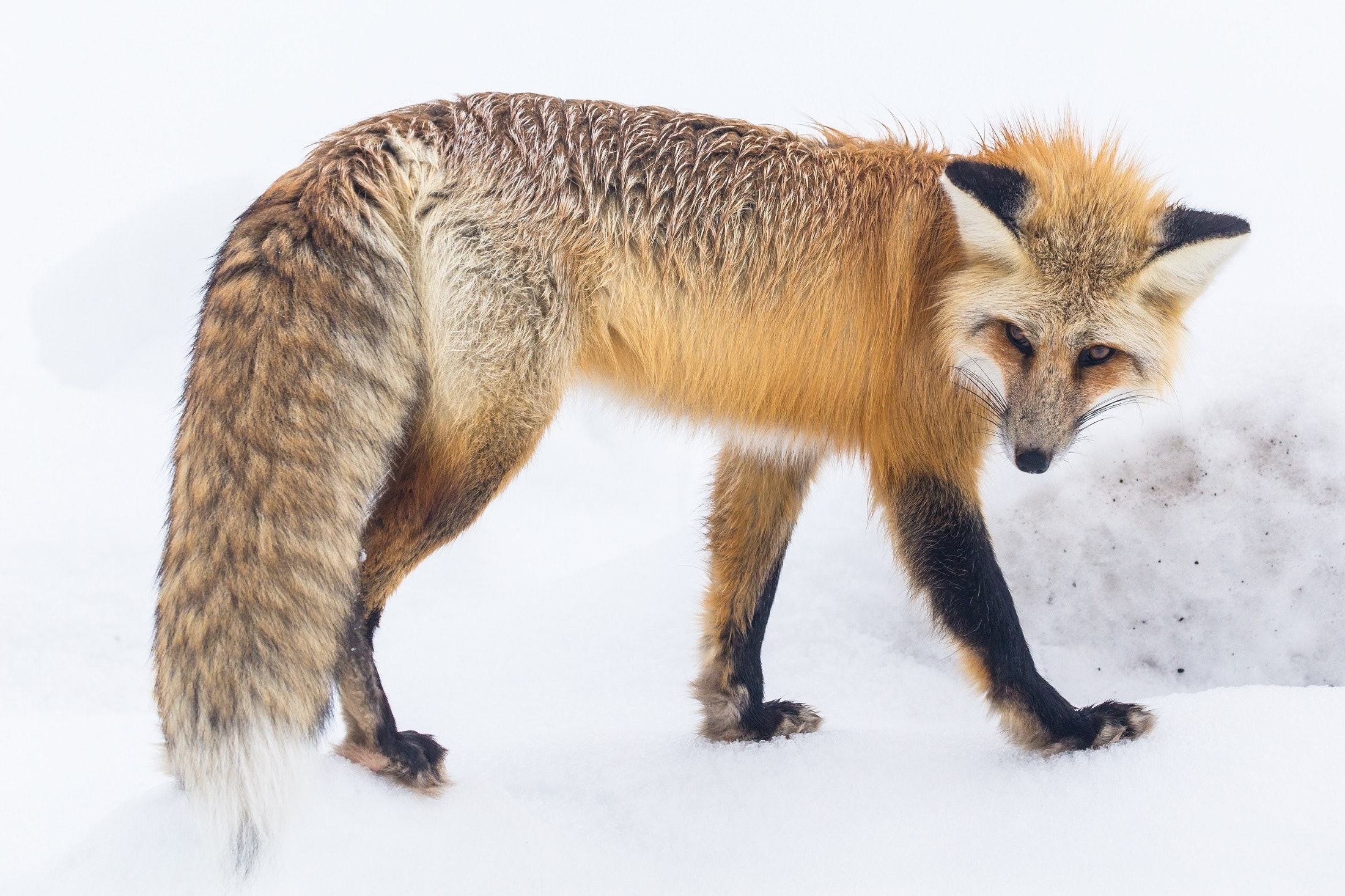When you see wildlife, who do you call? The answer depends on whether it’s an emergency or not.
The Department of Environment and Natural Resources (ENR) has recently had an influx of non-emergency calls to wildlife emergency lines. This increases the workload of on-call officers in the field and may result in delays in response to real emergencies.
ENR is urging all residents to consider their situation before calling wildlife emergency numbers and be aware of the right numbers to call.
What is a wildlife emergency?
An emergency can be anything that puts people at risk and should be reported as soon as you are safe to do so. Examples of wildlife emergencies could be things like:
· An animal like a bear, wolf, lynx, or wolverine in town
· An animal displaying aggressive or predatory behaviour near shared areas
· A dead or injured animal that may impact public safety (i.e. a dead moose blocking a road)
· An animal behaving strangely (i.e. suspected rabies)
· A deceased migratory bird
What isn’t a wildlife emergency?
A sighting is not an emergency, as long as the animal is where it’s supposed to be — which includes along the sides of highways and anywhere outside of populated areas — and not behaving in a predatory or aggressive way.
These sightings help to keep track of our biodiversity and can be reported to your Regional ENR Office during regular business hours. Some examples that are not wildlife emergencies could be:
· A bear at your favourite berry patch which does not approach you or act in a predatory way
· A bison or bear on the side of the highway
· A fox in town
· A sick, dead, or injured animal that is not a threat to public safety
The appropriate numbers to call can be found on the ENR website by clicking here.





